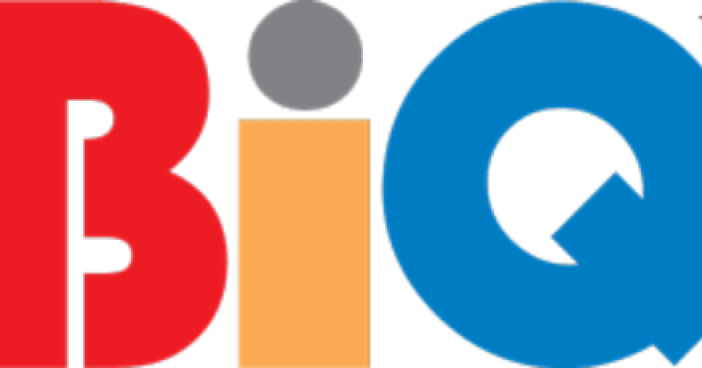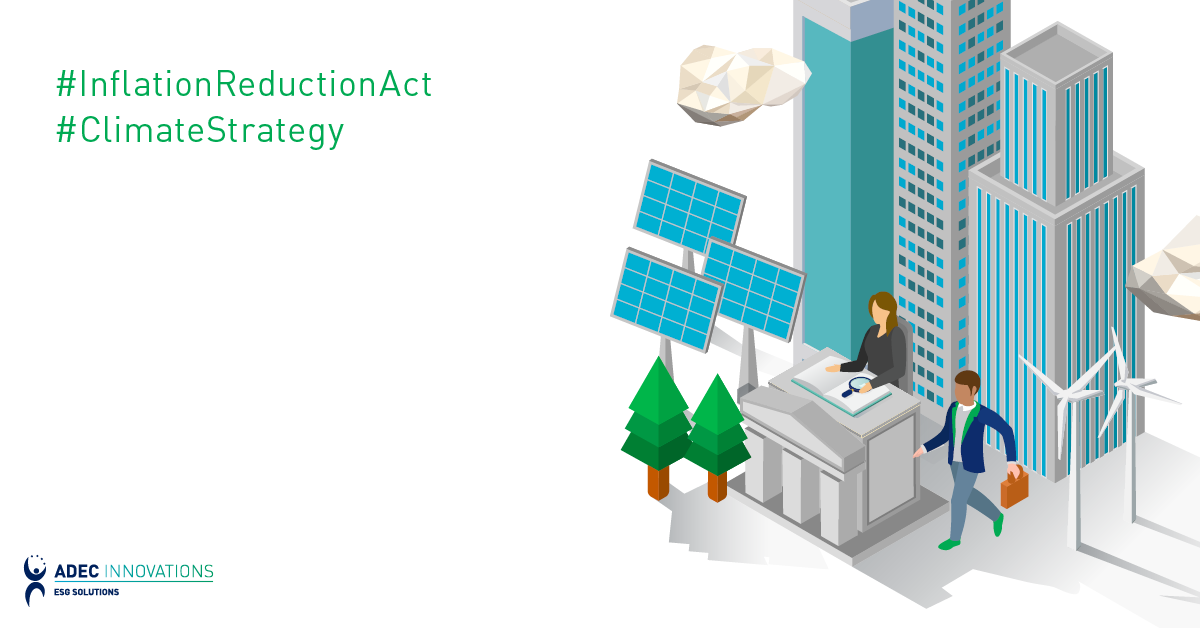Smart Grids are coming and we need intelligent buildings to get the benefits on both sides of the meters. Both the utilities and the customers can use the information technologies to more wisely manage energy and reduce their environmental impacts. You can’t manage what you don’t measure. Your energy bills, provided many days after usage, are not very useful for real time energy management and the ability to reduce unnecessary loads and their greenhouse gases.
The interfaces with our energy sources and end uses are going to expand significantly. The opportunities for energy use optimization and reduction of carbon are dependent on taking advantage of these interfaces. A white paper on the Customer Energy Services Interface (ESI) was recently finalized by the Building2Grid (B2G) and Industry2Grid (I2G) design expert working groups (DEWGS). It explains the new information exchanges that buildings and industrial facilities will be facing as the Smart Grid expands to encompass all kinds of energy. The ESI compliments and go beyond the utility meters, even the new smart meters and the other energy provider interfaces. The B2G/I2G DEWGS are now working on the new Smart Grid Roadmap that will refect the continuous evolving convergence of the energy, environment and information technolgies.
 We need to increase the intelligence of our building automation systems to be smart grid ready. The Building Intelligence Quotient ( ) program developed for the Continental Automated Buildings Association (CABA) show that buildings can be GREEN and Smart. They provide a great ROI as noted in the FREE Bright Green Buildings report. It shows the various GREEN building rating sytems and how the BiQ compliments them.
We need to increase the intelligence of our building automation systems to be smart grid ready. The Building Intelligence Quotient ( ) program developed for the Continental Automated Buildings Association (CABA) show that buildings can be GREEN and Smart. They provide a great ROI as noted in the FREE Bright Green Buildings report. It shows the various GREEN building rating sytems and how the BiQ compliments them.
The 2012 BIQ awards were presented at the Integrated Intelligent Buildings Council (IIBC) meeting held in Chicago in conjunction with CABA and the BiQ exhibiting at AHR Expo 2012.
There are many ways to make your building more intelligent and also reduce your carbon footprint including:
- Reading the energy meters in real time and programming the system to alarm when consumption is out of expected range. While the new Smart Meters may soon provide real time information to the customer as well as the utility, all meters can be read with optical devices and pulse outputs to provide the real benefits.
- Scheduling and managing the program in your building automation to reflect the changing work place conditions. Integrating the security information from card access systems to the energy management systems allows for real time adjustments to schedules.
- Local occupancy sensors can add to energy savings as rooms and areas are not in use for many business hours.
- Adding automated building envelope technologies like electro chromatic glass and automated shades and integrating them with the energy management and lighting control systems can reduce HVAC energy and increase daylight harvesting.
- Include distributed energy resources such as renewables and clean fuel on site tri-generation provides additional reductions in the fossil fuel use and contributes towards the goal of Net Zero buildings.
Adding new technology for energy management is not effective unless accompanied by the appropriate training and acceptance by both building operator staff and the occupants. Data management that provides logs and alarms and use of the information technology in the new energy management systems allows for accurate measurement and verification of the energy usage and keeps the energy savings sustainable.
Demand Response Programs offer customers significant financial incentives to lower their peak demand when the grid is struggling to keep up with the load on the hottest days or when there is a grid problem. These monetary incentives can be used to implement the necessary upgrades to the building automation so that the automated demand response signals are acted upon in a predetermined and agreed upon manner.. Not only does the customer avoid the highest priced energy for that portion of his electrical load but they also get paid for the curtailment that lowers the market price that the grid must pay, and it reduces the fossil fuels that are usually the last and dirtiest generators to be dispatched.
The energy systems we use were developed many years ago. While our initial utility efforts were to make more energy and lower the average prices, the technologies did not recognize the full economic and environmental costs. While recent technological advancements have lowered the price of renewable energy like wind and solar, and have provided the environmental benefits, these resources are intermittent and require fossil and nuclear back up generation to keep the smart grid operating and stable.
Every major report on the energy challenges of the future show that the energy we don’t need to use is the most cost effective option. Since we can’t live without energy, we need to manage our energy future in more sustainable ways. Energy management must be part of our decision making, just as our safety and health standards. The new ISO 50001 Energy Management Information System signed recently by many countries provides a path to reduce energy waste and the environmental consequences.
Take the first step with an energy management assessment and get ready for the opportunities from the Smart Grid and Bright Green Buildings.
Sustainable Resources Management provides consulting services to organizations that include energy management and life cycle cost training and audits as well as carbon reduction and green procurement strategies.
Did you enjoy this post? The author of this article is David Katz. Learn more about him here.




